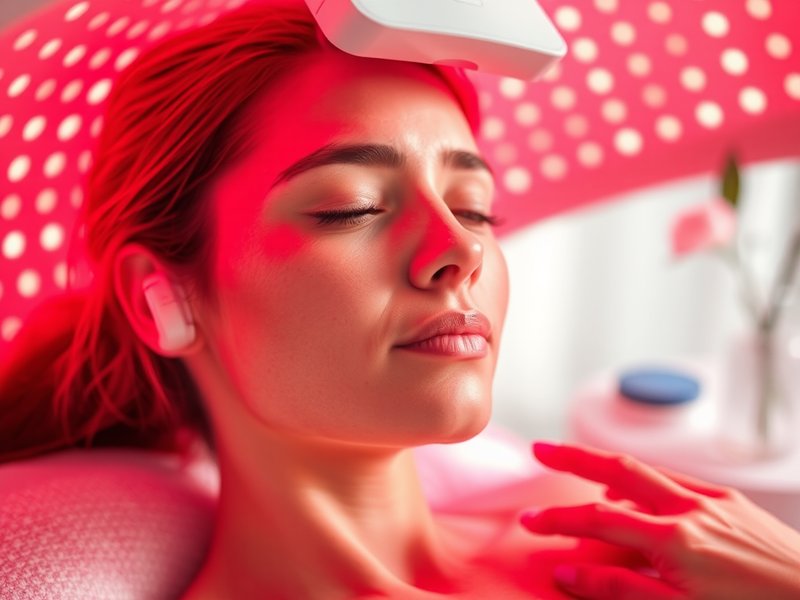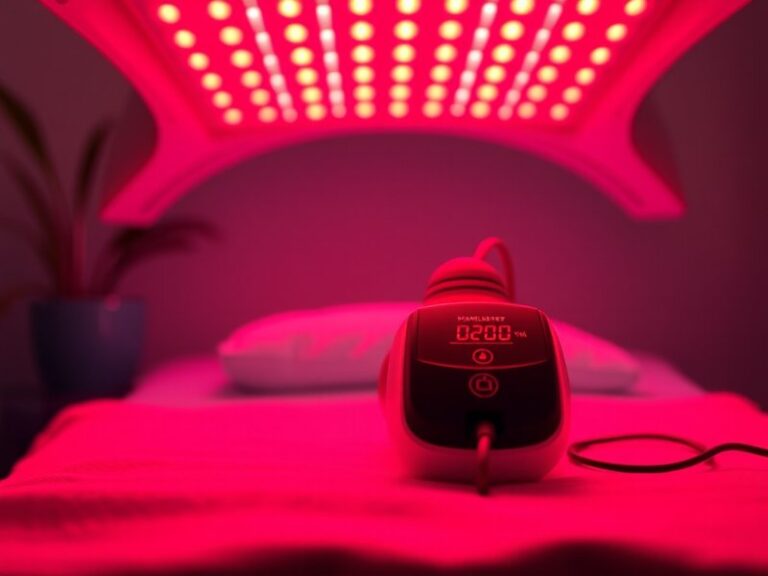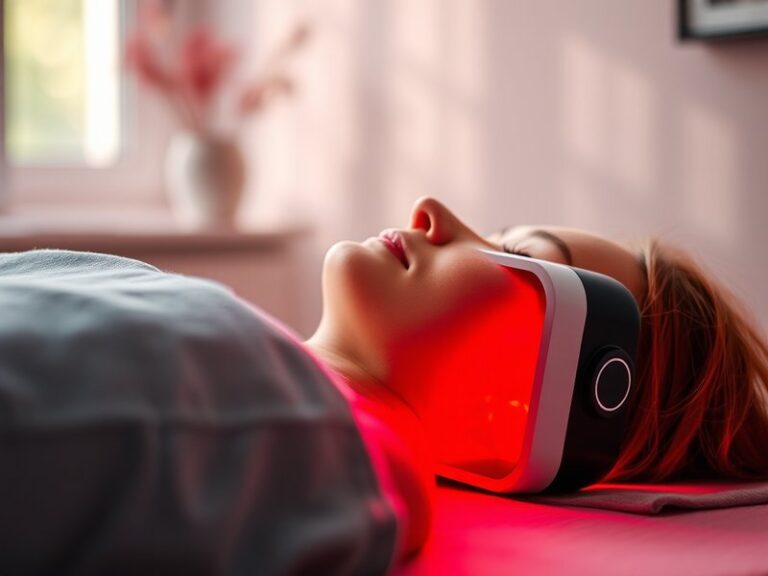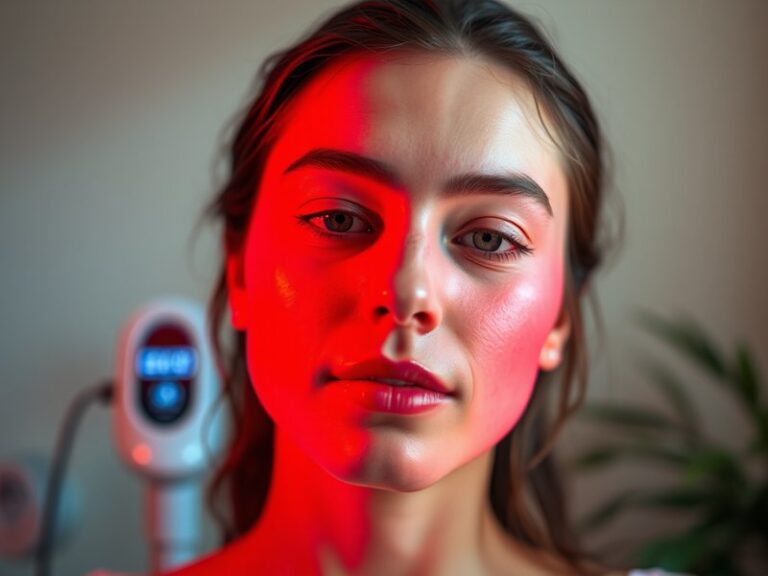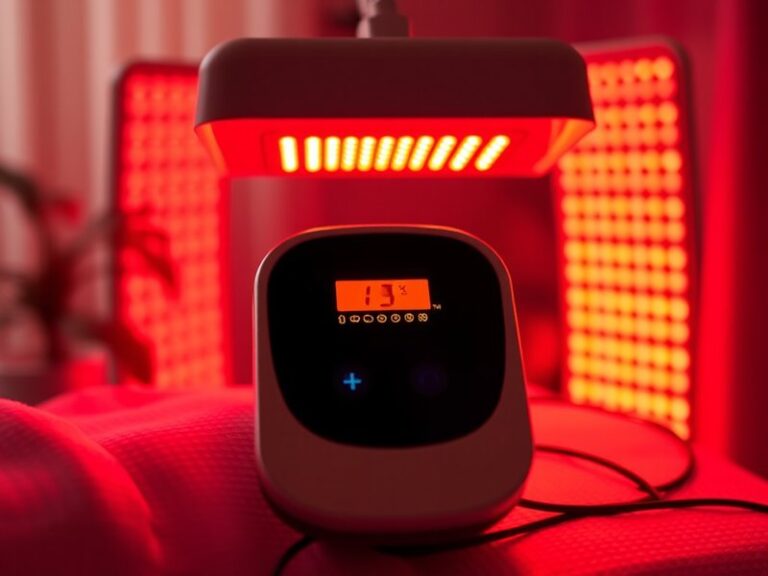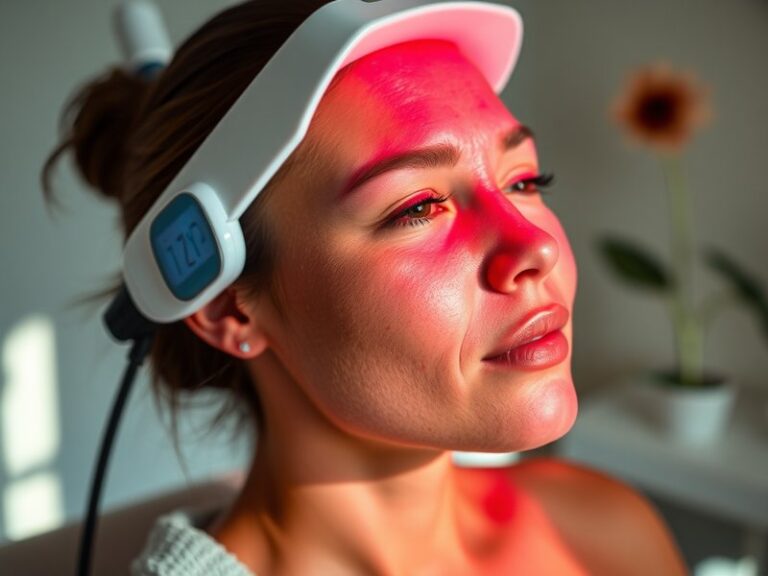Is Red Light Therapy Bad For Skin?
Is Red Light Therapy Bad For Skin?
Could red light therapy be doing more harm than good for your skin?
In recent years, red light therapy has gained popularity for its purported benefits in skincare, including enhancing collagen production, reducing inflammation, and improving the appearance of fine lines and wrinkles. However, questions have arisen regarding its safety and efficacy, particularly for those with specific skin concerns. This article dives into what red light therapy is, explores its benefits, raises important considerations, presents alternatives, and ultimately evaluates whether it is recommended for skin use.
Discover the full analysis Can I use a red bulb for therapy?
Key Takeaways
- Red light therapy utilizes specific wavelengths of light to stimulate skin repair and rejuvenation.
- Potential benefits include improved skin texture, reduced acne, and accelerated healing.
- Precautions are necessary, as it may not be suitable for everyone depending on skin type and specific conditions.
What is Red Light Therapy?
Red light therapy (RLT) is a non-invasive treatment that employs low-level wavelengths of red light to target skin issues at the cellular level. It is thought to work by stimulating the mitochondria in skin cells, enhancing their energy production, which can lead to improved tissue repair and regeneration.
This type of therapy typically involves exposure to light at wavelengths between 600 to 1000 nanometers. Devices such as handheld units, light panels, and professional-grade lasers are used in various settings from dermatology clinics to home care.
The therapy is used for a variety of purposes, including reducing the appearance of fine lines, acne treatment, and promoting wound healing.
What are the Benefits of Red Light Therapy?
The following points outline the various advantages of red light therapy, offering a glimpse into its potential applications in skincare.
Enhances Collagen Production
One of the standout benefits of red light therapy is its ability to boost collagen synthesis, a crucial protein that helps maintain skin’s elasticity and firmness. Clinical studies have demonstrated that regular treatments can significantly improve skin texture and reduce signs of aging.
Reduces Inflammation and Acne
Red light therapy has anti-inflammatory properties, making it beneficial for those dealing with acne and rosacea. By reducing inflammation, RLT can help minimize active breakouts and prevent future flare-ups, leading to clearer skin.
Accelerates Healing
For individuals with wounds or skin injuries, red light therapy can decrease healing time. Research indicates that the light activates the body’s natural healing processes, promoting faster recovery of damaged skin.
Learn the full details in Does Red Light Therapy Rejuvenate You?
Improves Skin Tone and Texture
Regular use of red light therapy can lead to improved skin tone and texture. Users often report a reduction in hyperpigmentation and broader improvements in skin clarity, leading to a more youthful appearance.
Is it Possible to Overuse Red Light Therapy?
While red light therapy is generally considered safe, it is possible to overdo it, leading to skin irritation or adverse effects. Practicing moderation and following recommended guidelines is crucial to achieving desirable results without negative outcomes.
What are the Advantages of Moderate Use?
Moderate usage of red light therapy can enhance its effectiveness while minimizing risks.
- Improved Skin Tolerance: Proper scheduling allows the skin to acclimate, reducing the risk of irritation.
- Cumulative Benefits: Consistent use over time may yield more pronounced improvements in skin health without overwhelming reactions.
- Ideal Treatment Timing: Spacing sessions appropriately can enhance recovery and rejuvenation.
What are the Disadvantages of Overuse?
Overusing red light therapy can have negative consequences, which are essential to consider.
- Skin Irritation: Excessive exposure may lead to temporary skin irritation, redness, and sensitivity.
- Diminished Returns: Over time, the benefits may plateau or even reverse if the skin becomes overstimulated.
- Undesirable Side Effects: In rare cases, excessive use may lead to skin damage or increased sensitivity to sunlight.
What are the Things to Consider Before Starting Red Light Therapy?
Before beginning red light therapy, several important factors should be taken into account.
Skin Type and Sensitivity
Individuals with sensitive skin or certain conditions should consult a dermatologist before starting treatment to ensure it is suitable for them.
Existing Skin Conditions
Consulting with a healthcare professional is critical for those with pre-existing skin conditions like eczema or psoriasis, as RLT may exacerbate some issues.
Treatment Frequency and Duration
Understanding how often to undergo treatments is essential. Most users benefit from starting with shorter sessions more frequently and adjusting as necessary.
Safety Precautions
It’s crucial to follow device instructions carefully and avoid direct eye exposure to the light. Opting for FDA-approved devices can further enhance safety.
What are the Alternatives to Red Light Therapy?
Exploring alternatives to red light therapy may provide additional options for skin treatment.
Topical Retinoids
Topical retinoids are well-known for their efficacy in reducing fine lines, improving skin texture, and promoting cell turnover.
Chemical Peels
Chemical peels use acidic solutions to exfoliate the skin, leading to improved tone and texture, with visible results.
Microneedling
This treatment involves creating tiny wounds in the skin, prompting healing and collagen production, and providing an alternative approach to skin rejuvenation.
LED Light Therapy
Similar to red light therapy, other LED colors can target specific skin issues, such as blue light for acne and yellow for skin tone improvement.
Conclusion: Is it Recommended to Use Red Light Therapy?
In conclusion, red light therapy presents a promising option for enhancing skin health and appearance, provided it is used appropriately. Benefits such as increased collagen production, reduced inflammation, and accelerated healing make it an appealing choice for many. However, it is vital to consider individual skin types, existing conditions, and usage guidelines. Consulting a dermatologist is advisable to determine if red light therapy is suitable for your skincare regimen.
Frequently Asked Questions
Can red light therapy be used on all skin types?
Yes, red light therapy is generally safe for all skin types, but those with sensitive conditions should seek professional advice before starting treatment.
How often should I use red light therapy for the best results?
Typically, most users benefit from 2-3 sessions per week, but individual needs may vary. Starting with shorter sessions is advisable.
Is there any downtime associated with red light therapy?
No, red light therapy is non-invasive and typically has no downtime, allowing individuals to return to their regular activities immediately after treatment.
Are there any side effects of red light therapy?
Generally, side effects are minimal. Some users may experience temporary redness or mild irritation, but these effects typically resolve quickly.
Can I use other skincare products with red light therapy?
Yes, red light therapy can complement your skincare routine. However, it’s advisable to apply treatments after your session to enhance absorption and efficacy.
